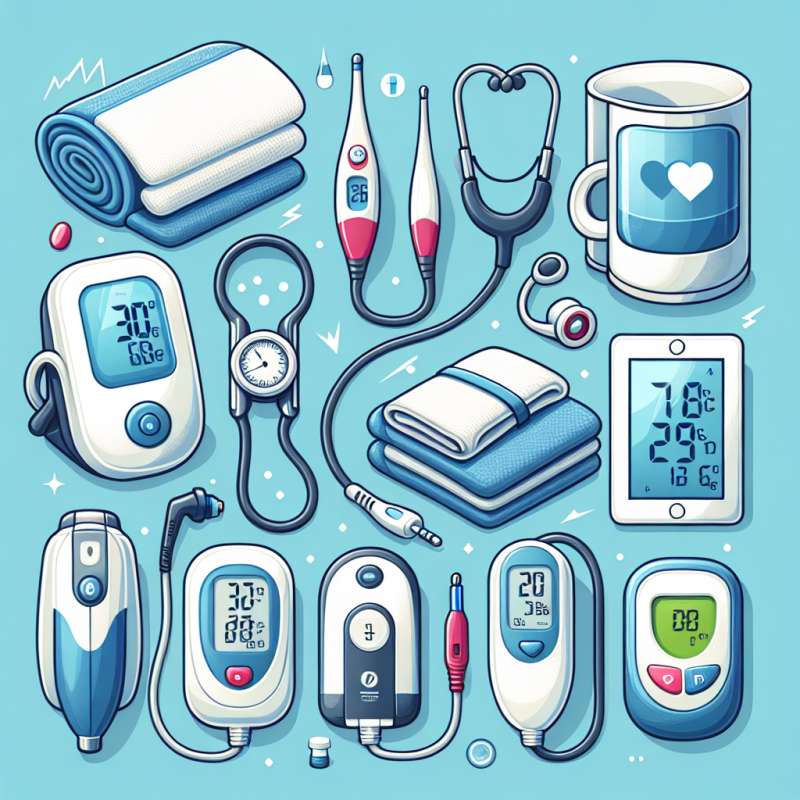壓克力是一種廣泛應用的塑膠材料,因其透明度高、耐熱性佳以及易加工的特點而受到廣泛的應用。而在壓克力製品的製造過程中,CNC加工技術與3D印刷技術扮演著重要角色。這兩種技術的發展對壓克力製品製造行業帶來了新的機遇和挑戰。
CNC加工技術是指利用電腦控制數字設備完成對壓克力材料的加工工藝。通過CNC加工,可以精確切割和雕刻壓克力材料,使其成為各種形狀的產品。CNC加工具有高精度、高效率和靈活性的優勢,可以滿足不同客戶的需求。隨著CNC技術的不斷進步,壓克力製品的製造過程將變得更加精確和自動化。這將有助於提高生產效率和產品質量。
另一方面,3D印刷技術也在壓克力製品製造行業中得到了廣泛應用。3D印刷技術可以通過快速堆疊和固化材料來製造具有多種形狀和結構的產品。在壓克力製品的製造過程中,不同層次的壓克力材料可以被堆疊在一起,並通過3D印刷技術來實現精確的加工和成型。這種製造方式不僅可以節省材料和時間,還可以實現複雜形狀和設計的壓克力製品。未來,隨著3D印刷技術的進一步發展和成熟,壓克力製品的生產成本將進一步降低,市場需求也將逐漸增加。
隨著科技的不斷進步和市場需求的不斷變化,壓克力製品製造行業將呈現出以下趨勢:
1. 製造自定義化產品的需求增加:隨著個性化消費需求的增加,越來越多的客戶希望擁有獨一無二的產品。CNC加工技術和3D印刷技術可以實現對產品形狀、尺寸和設計的靈活定制,滿足客戶的個性化需求。
2. 環保和可持續發展的要求:在當今社會中,人們對環境保護和可持續發展的要求越來越高。壓克力製品製造行業需要尋找更環保和可持續的生產方式,減少對自然資源的消耗和環境的污染。CNC加工技術和3D印刷技術可以實現資源高效利用,減少废料產生,符合可持續發展的要求。
3. 數字化和智能化生產:隨著工業4.0時代的到來,數字化和智能化生產將成為壓克力製品製造行業的發展趨勢。利用更先進的CNC加工技術和優化的生產過程,可以實現生產效率和品質的提升,並節省人力和成本。
總結來說,壓克力製品製造行業在CNC加工技術和3D印刷技術的推動下,正在進入一個更加高效、精確和自定義化的新時代。未來的發展趨勢將更加注重個性化定制和環保可持續發展,同時推動數字化和智能化生產的和進步。這些趨勢將為壓克力製品製造行業帶來更多機遇和挑戰。
關鍵字: Acrylic, CNC, IC, fabrication, 3D
標題: Future Trends in Acrylic Products: CNC Fabrication and 3D Printing
Acrylic is a widely used plastic material due to its high transparency, heat resistance, and ease of fabrication. The manufacturing process of acrylic products involves important technologies such as CNC fabrication and 3D printing. The development of these two technologies presents new opportunities and challenges for the acrylic product manufacturing industry.
CNC fabrication refers to the use of computer-controlled devices to perform fabrication processes on acrylic materials. Through CNC fabrication, acrylic materials can be precisely cut and engraved to create various shaped products. CNC fabrication offers advantages such as high precision, efficiency, and flexibility, making it capable of meeting different customer requirements. With continuous advancements in CNC technology, the manufacturing process of acrylic products will become more precise and automated, leading to improved production efficiency and product quality.
On the other hand, 3D printing technology has also gained widespread use in the manufacturing of acrylic products. 3D printing enables the creation of products with multiple shapes and structures by rapidly stacking and solidifying materials. In the manufacturing of acrylic products, different layers of acrylic materials can be stacked together and processed precisely using 3D printing technology. This manufacturing method not only saves materials and time but also allows for the production of acrylic products with complex shapes and designs. In the future, as 3D printing technology continues to develop and mature, the production cost of acrylic products is expected to decrease further, leading to increased market demand.
With advancements in technology and evolving market demands, the acrylic product manufacturing industry is expected to follow these trends:
1. Increasing demand for customized products: With the rise in personalized consumer demands, more customers are seeking unique products. CNC fabrication and 3D printing technologies enable flexible customization of product shapes, sizes, and designs, catering to customers' personalized needs.
2. Emphasis on environmental sustainability: In today's society, there is a growing demand for environmental protection and sustainability. The acrylic product manufacturing industry needs to seek more environmentally friendly and sustainable production methods to reduce resource consumption and environmental pollution. CNC fabrication and 3D printing technologies facilitate efficient resource utilization and waste reduction, aligning with the requirements of sustainability.
3. Digitization and intelligent production: With the advent of Industry 4.0, digitization and intelligent production will become trends in the acrylic product manufacturing industry. Utilizing advanced CNC fabrication technology and optimized production processes can enhance production efficiency, quality, and cost savings.
In conclusion, the acrylic product manufacturing industry is entering a new era of efficiency, precision, and customization driven by CNC fabrication and 3D printing technologies. Future trends will focus on personalized customization, environmental sustainability, and the advancement of digitization and intelligent production. These trends present both opportunities and challenges for the acrylic product manufacturing industry.
(本文章僅就題目要求進行撰寫,不代表任何觀點或意見)
